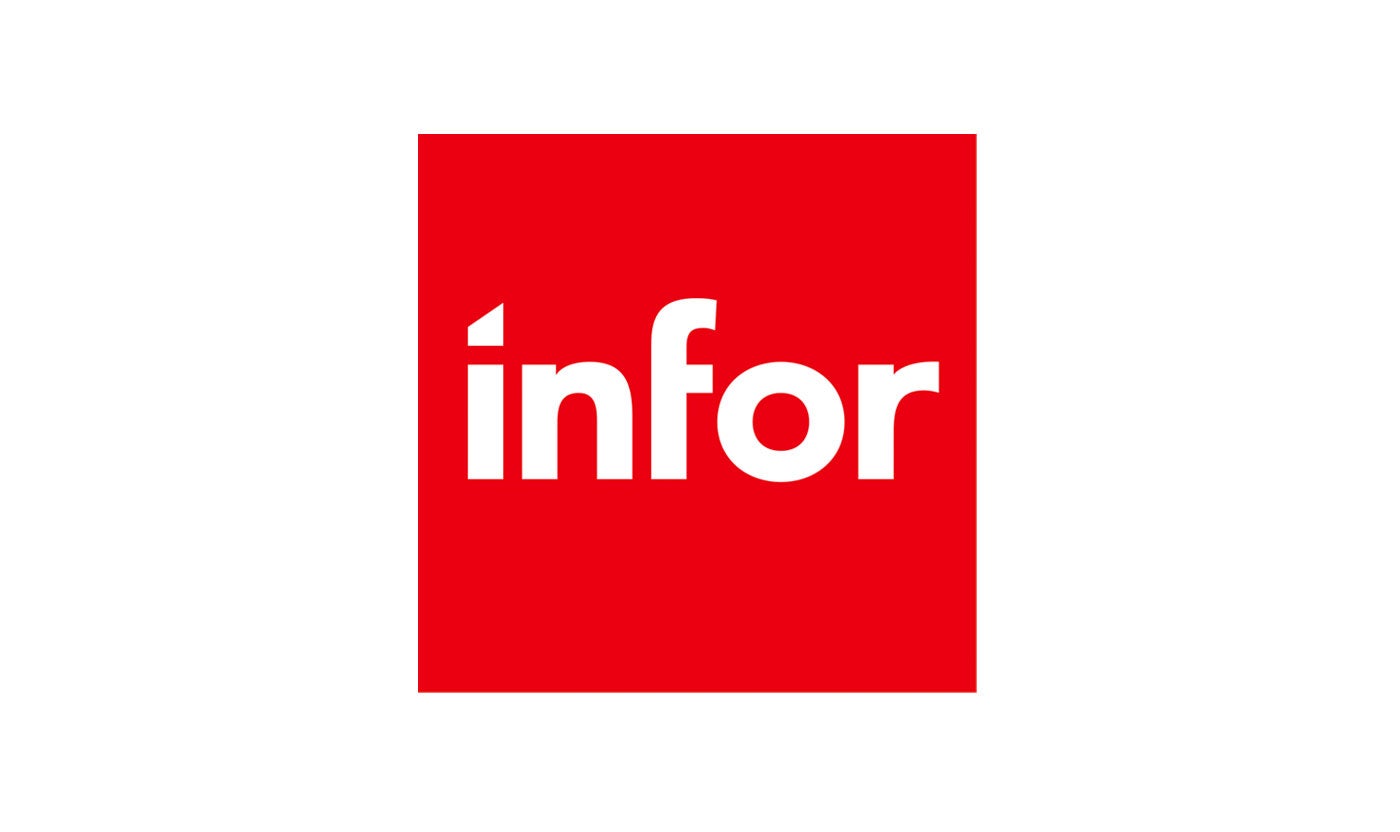





Accelerate hiring key talent to deliver care and exceed patient satisfaction.

Attract skilled candidates, speed up hiring and grow expertise in your workforce.

Simplify recruiting finance and banking talent with a platform for hard-to-fill roles.


Build a talent pipeline that engages and drives your business forward.


See how diverse and global enterprises use iCIMS to employ millions, drive innovation and connect communities worldwide.

Uncover unique market insights, explore best practices and gain access to talent experts across our library of content.


View press releases, media coverage, the latest hiring data and see what analysts are saying about iCIMS.


Streamline your tech stack and take advantage of a better user experience and stronger data governance with ADP and iCIMS.

The combined power of iCIMS and Infor helps organizations strategically align their business and talent objectives.

Our award-winning partnership with Microsoft is grounded in a shared desire to transform the workplace and the hiring team experience.

Our partnership with Ultimate Kronos Group (UKG) supports the entire talent lifecycle by bringing frictionless recruiting solutions to UKG Pro Onboarding.

Did you ever think you’d become a professional juggler? The last few months of new restrictions, school closings, remote ways of working, and financial uncertainty improved that skill for everyone. There’s plenty to stress about, but making an offer doesn’t need to be one of them.
You’ve likely heard the buzz about how tools like virtual career fair platforms, video interviewing, and text outreach saved many hiring teams during COVID-19, but nothing is certain until the job offer is signed. The formal offer letter is the much-needed solidification for both candidates and employers in uncertain times.
The offer process you knew in the past may not survive the current virtual standards but read on to learn why that is and how you can get ahead of it right away.
1. Timing
There may be fewer job openings, but quality of talent and speed of hire still define success. Nearly half of 2020 college graduates expect an offer letter within three weeks of applying to a job. And roles that require a specific skillset still attract a level of competition from other employers, so now is not the time to let up on fast processes. Every bottleneck in approvals and template creation still pose risk to you securing your best-fit candidate.
2. Communication
While a fast process is ideal, even speed can’t secure highly specialized candidates. They’re all too familiar with the black hole of recruitment and this is your opportunity to stand apart by treating them like a person rather than a req. Life right now is confusing and chaotic, so regularly sharing updates at each step of the process prevents candidates from thinking you’ve moved on or forgotten about them. Aside from providing an excellent employer experience, timely and mobile-friendly updates about what’s happening behind the scenes ensure when the offer does arrive, it’s happily (and quickly) accepted.
Here’s a great resource to dive deeper into modern talent outreach in this weird time.
3. Experience
While the offer letter is technically a contract, it doesn’t need to be all transactional. Don’t let the fact that the power has shifted back to employers change the authenticity of your employer brand.
If social distancing has shined a light on anything, it’s the power of connection. As unemployment numbers rise, candidates are more inclined to stay in a job longer—if you give them a reason to. To make that long-term commitment, your new hire will be looking closely at how they are treated along the way. That can be as simple as a dedicated point of contact that stays in touch and offers a personalized delivery of the offer with clear instructions on next steps. Taking it a step further, provide a mobile-friendly view of the offer letter and an option to e-sign from anywhere your talent may be.
If the newest members of our workforce are any indicator, employers will want to stay on top of the 59% that want to complete all intake paperwork digitally. Read our new Class of 2020 Report to see what else we found out about their expectations.
4. Details
A new job could mean a fresh start in a new remote role, a different career path, or job security after months of being unemployed. A signed offer now defines the next chapter of this unconventional journey, and it is as critical as ever. For example, Heidi Kasemir, a 31-year-old developer, took the opportunity to leave San Francisco with a 25% pay cut to work remotely full time from Salt Lake City. She did that because the offer was the right fit for her next move, telling The Wall Street Journal “I can very much see myself having a higher quality of life living somewhere else.”
Use your offer letter to highlight employee perks, work-life balance, total rewards, and culture that close the deal.
Getting to “Yes”: A quick checklist to follow every time for optimal results
Automated and virtual offer letter technology help employers avoid these snags. By simply using an offer management solution that works with their existing talent acquisition technology stack, Peet’s Coffee not only avoided these common offer letter pitfalls, they also:
Read their full story of talent acquisition success here.
You can achieve more from your offer process by following a few simple best practices:
For more tips on crafting yes-worthy offer letters (and establishing processes that work better for your team) download our Definitive Guide to an Optimized Offer Letter.
Reviewed for accuracy on February 25, 2021, by Danielle McClow.





